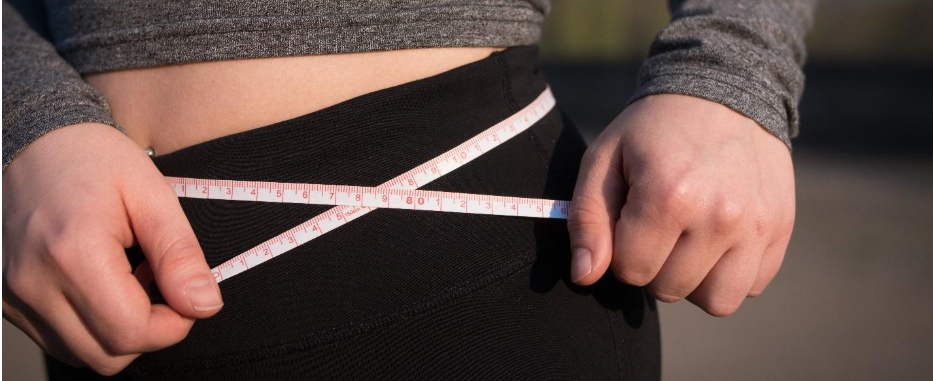This is a sponsored guest post.
Post-pregnancy weight loss is a challenge, and it’s only worse because you can’t really start any major program for at least 6-12 months after giving birth. According to studies, like here and here, this problem is a major contributor to the high levels of post-partum depression. Considering the far-reaching effects of it, which include a diminished quality of life and severe mental health issues, losing pregnancy weight should be a priority. But as you can’t start any specialized diets or get intense exercise while nursing and recuperating after the delivery, you should go about this wisely.

How to Lose Pregnancy Weight Without Endangering Yourself and Your Baby
Breastfeed your baby
If it’s possible, you should breastfeed your baby as it does not only help them become healthier and stronger but also helps you. According to a study conducted in 2014, women who breastfeed lose pregnancy weight at a rate of about 3.2lb per month more than those who do not. Bear in mind that this is only true for women who breastfeed exclusively, meaning they don’t use formula at all.
Eat healthy
It might be tempting to go on a diet in order to lose pregnancy weight. However, this is something you must never do! Cutting your calories too much, or excluding any important food groups, can be extremely detrimental for your baby’s health and development. If you breastfeed, you need to eat about 500 calories more a day than the average person on a healthy balanced diet.
However, you can still affect your weight loss a little without endangering the baby’s development. To do this, you need to eat a healthy diet mostly made up of fresh foods. Exclude the foods that must be avoided when nursing as well as any processed foods. Make your soups, juices, and purees yourself instead of using canned versions. And increase the intake of foods rich in fiber and protein.
Use non-invasive weight loss treatments instead of diets and supplements
As restrictive diets and any weight loss supplements are to be avoided at all costs after pregnancy, some non-invasive fat-reduction treatments might be safe. CoolSculpting stands out among those as the lowest-risk option because it doesn’t heat up your tissues, like the majority of other treatments. Therefore, it’s safer and has less of an impact on your overall wellbeing.
However, you need to remember that there are some side effects of CoolSculpting, even despite the fact that it’s very safe and absolutely non-invasive. The most notable of those are redness, irritation, and swelling.
Most importantly, you must not get a CoolSculpting, or any other fat-reduction treatment without getting the “go ahead” from your doctor. And you won’t get that permission for at least the first few months because your body needs time to recover. The healing time will take longer if you give birth through a C-section.
However, getting this kind of treatment as soon as you are able will help boost your “gentle” post-pregnancy weight loss program overall. So, by the time you are able to go all out, shedding the last few pounds would be a breeze.
Exercise with extreme care
You should be physically active after giving birth and some light exercise, like mommy and baby yoga, is very welcome. However, you must not overexert yourself, so you won’t be back to an hour-long cardio or a 10-mile run for a long time.
It’s best to listen to your body and exercise as much and as often as you are able. The exception is the women who had a C-section delivery. In their case, the doctor must okay any type of postpartum workout plan first.
In Conclusion
Losing pregnancy weight isn’t easy, especially considering that you can’t start a boot-camp fitness program or go on a diet right away. However, healthy eating and consistent (if minimal) exercise and approved fat-reduction treatment will help you achieve this goal faster.




